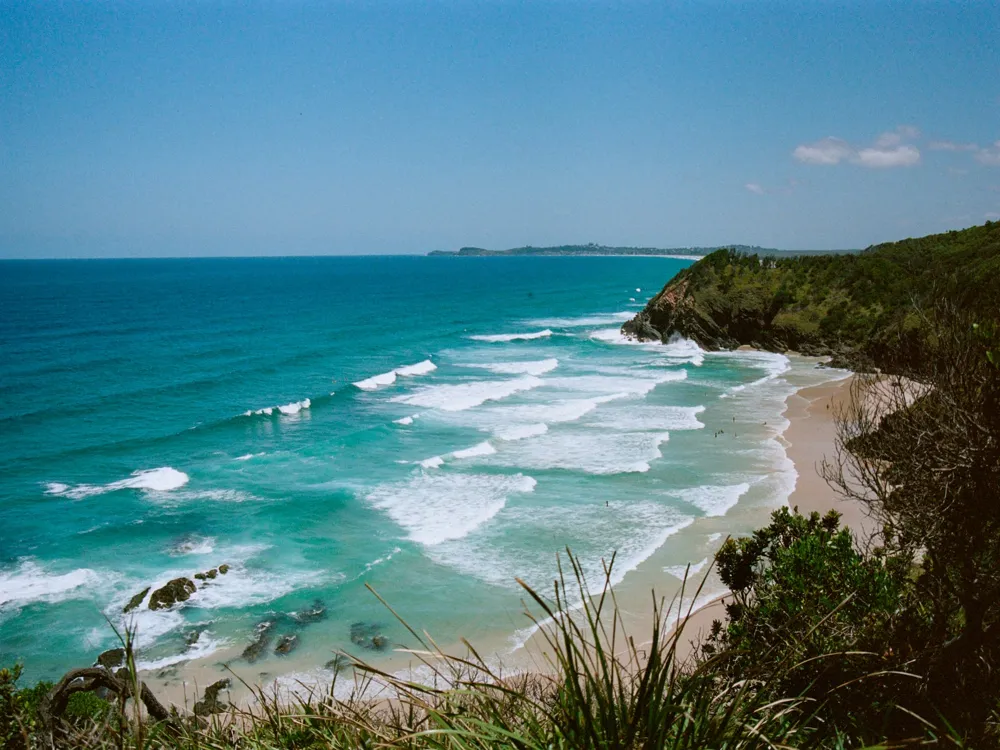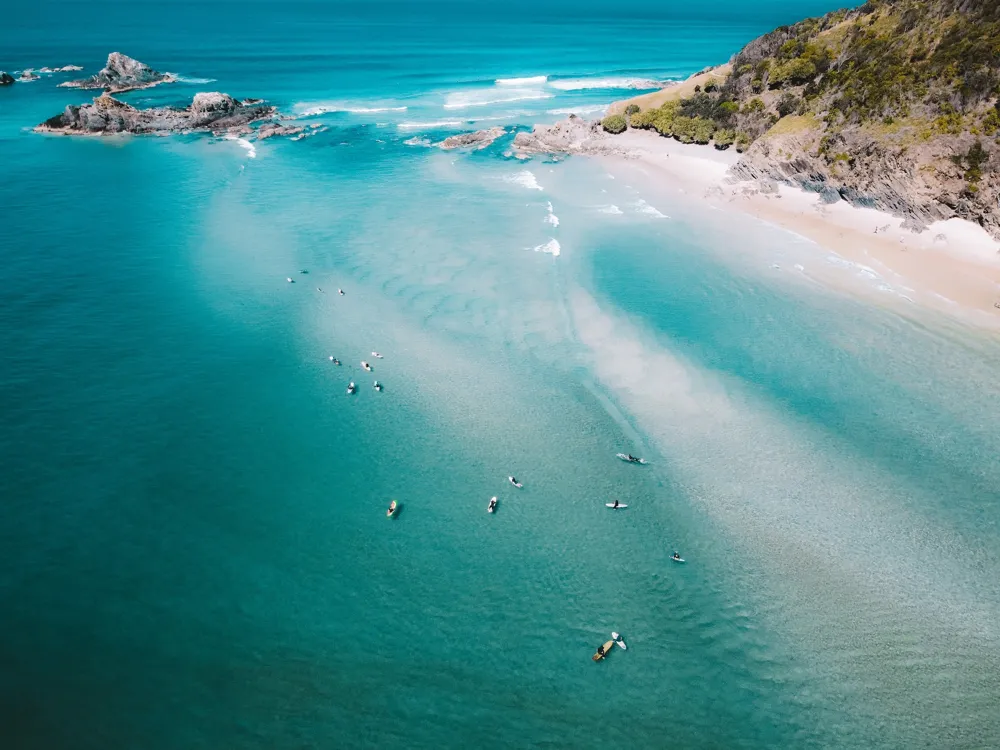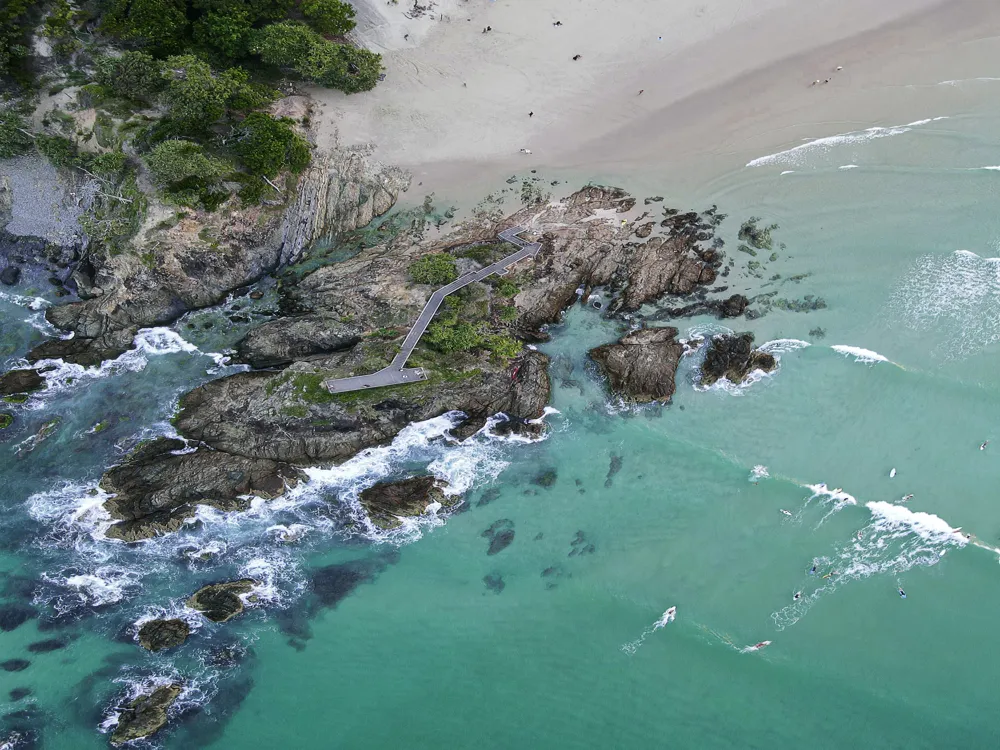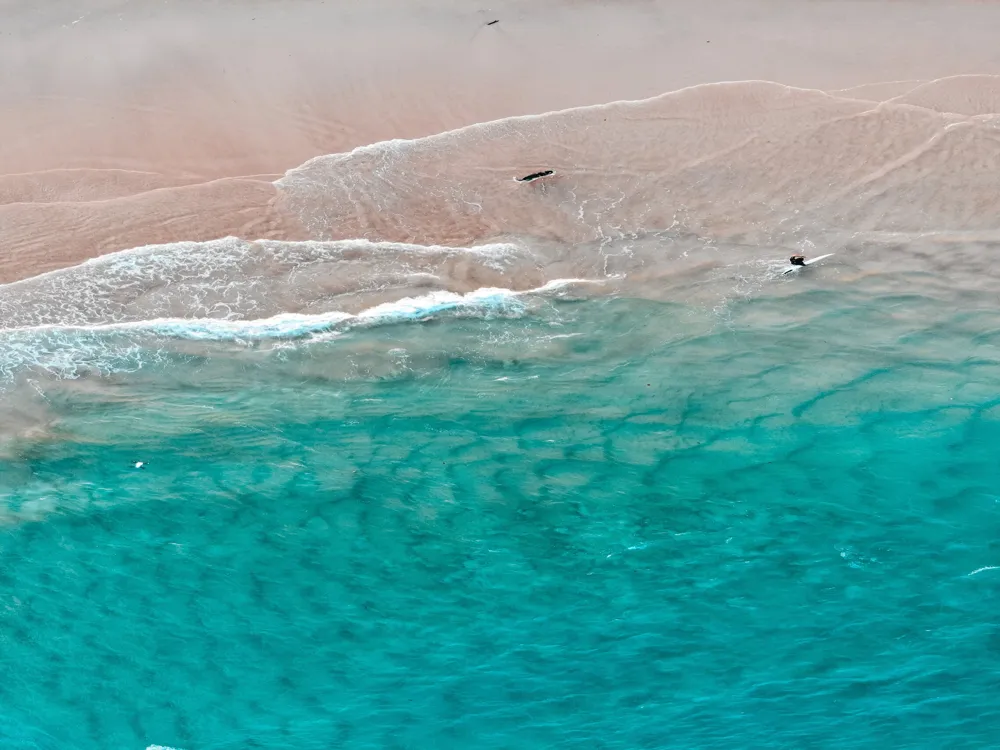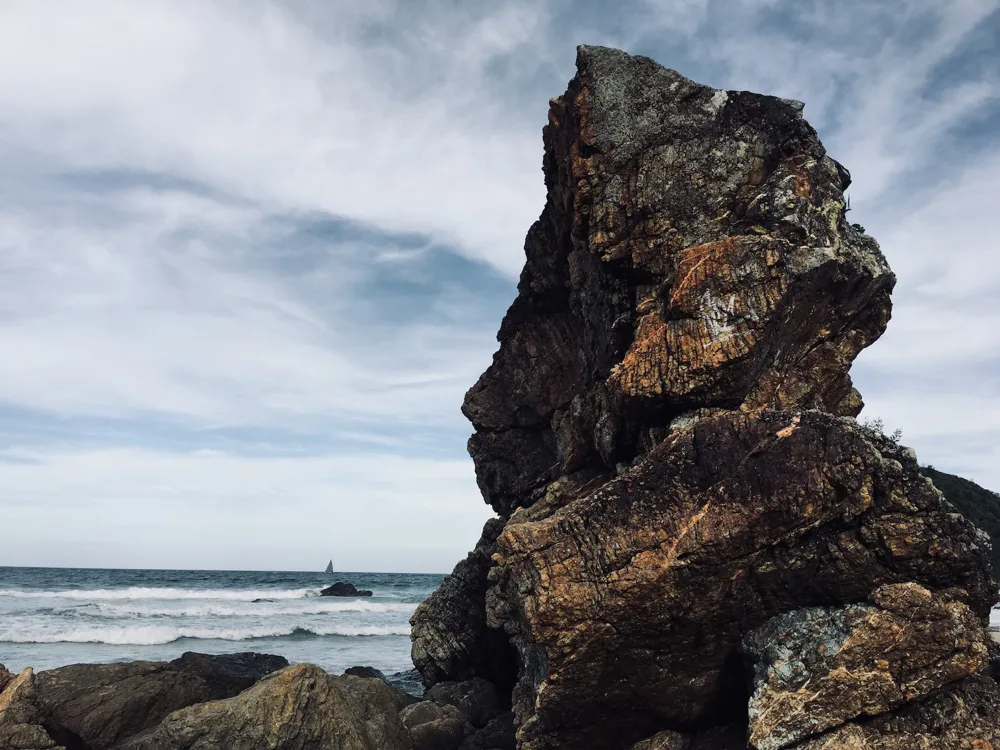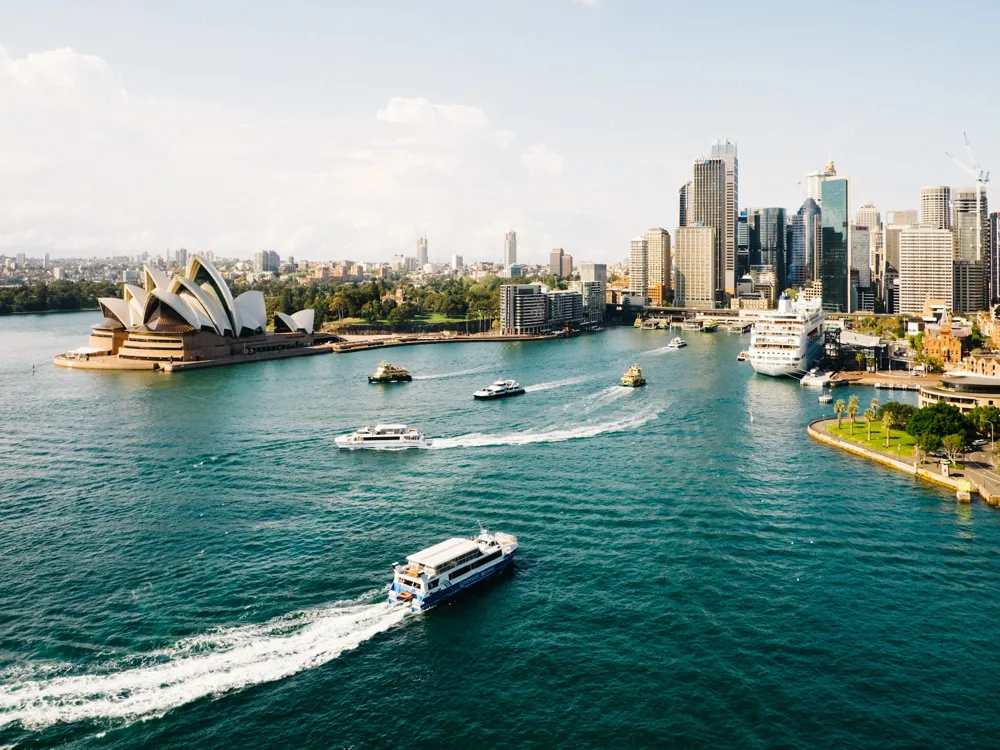Best Time to Visit Byron Bay
New South Wales Australia
11 out of 96 Places to visit in AustraliaNaN onwards View Packages
Get Customized PackagesThe Land of Diversity
Top Hotel Collections

Private Pool

Luxury Hotels

5-Star Hotels

Pet Friendly
What is the Best Time to Visit Byron Bay?
Byron Bay, nestled on the eastern coast of Australia, is a mesmerizing destination known for its stunning beaches, vibrant culture, and diverse activities. Planning a visit to this coastal paradise requires careful consideration of the best time to fully enjoy its beauty.
More about the Best Time to Travel to Byron Bay
Travel Peak Season in Byron Bay
Byron Bay experiences its peak season during the months of December to February. The summer allure attracts tourists seeking the perfect beach vacation.
With warm temperatures and lively events, this period offers a bustling atmosphere, ideal for those who enjoy the vibrant energy of crowds.
Travel Offseason in Byron Bay
The offseason in Byron Bay spans from July to October. During this time, the tourist influx diminishes, providing a more serene experience.
If you prefer a tranquil escape and want to explore Byron Bay's natural beauty without the hustle and bustle, the offseason offers a more intimate encounter.
Byron Bay Travel Packages
View All Packages For Byron Bay
Byron Bay Weather in Winter (November – February)
Winter in Byron Bay, from November to February, is characterized by warm temperatures and clear skies.
Byron Bay Weather in November
November welcomes visitors with mild temperatures and the perfect blend of sunshine and ocean breeze.
Byron Bay Weather in December
December sees the town come alive with holiday festivities, offering a delightful mix of warmth and joy.
Byron Bay Weather in January
January invites beach enthusiasts with peak summer vibes, making it an ideal time for water activities.
Byron Bay Weather in February
February extends the summer charm, providing a fantastic climate for outdoor adventures.
Byron Bay Weather in Summers (March to June)
Summers, from March to June, offer a comfortable climate, making it an excellent time for diverse outdoor activities.
Byron Bay Weather in March
March offers pleasant temperatures, marking the transition from summer to autumn.
Byron Bay Weather in April
April brings a mild climate, making it suitable for exploring both the beaches and the hinterland.
Byron Bay Weather in May
May is characterized by crisp weather, perfect for hiking and enjoying the scenic landscapes.
Byron Bay Weather in June
June introduces the winter season with cooler temperatures, but still pleasant for outdoor pursuits.
Byron Bay Weather in Monsoon (July – October)
Monsoon, from July to October, transforms Byron Bay with lush greenery and occasional rainfall.
Byron Bay Weather in July
July brings refreshing rain, creating a unique ambiance for nature lovers.
Byron Bay Weather in August
August continues the green transformation, offering a picturesque setting.
Byron Bay Weather in September
September marks the end of winter, with blooming flowers and rejuvenated landscapes.
Byron Bay Weather in October
October concludes the monsoon season, providing a perfect transition to the upcoming summer.
Conclusion
Understanding the best time to visit Byron Bay is crucial for tailoring your experience. Whether you seek lively crowds during peak season or a tranquil escape in the offseason, Byron Bay offers a diverse range of experiences year-round.
Places To Visit In Byron Bay
Nearby Places Byron Bay
Byron Bay Photos
View All Photos For Byron BayBrowse Package Collections
Browse Hotel Collections
Faq
1. When is the best time to visit Byron Bay for ideal weather?
The ideal weather in Byron Bay is typically during the months of September to November (spring) and March to May (autumn). These periods offer pleasant temperatures and lower chances of rainfall.
2. What is the peak tourist season in Byron Bay?
The peak tourist season in Byron Bay is during December and January, coinciding with the Australian summer. Expect crowded beaches and accommodations during this time.
3. Is there a particular time to avoid due to weather extremes?
While Byron Bay enjoys a mild climate overall, the peak of summer (December to February) can bring higher temperatures and occasional heavy rainfall. Some visitors prefer to avoid this period if they are sensitive to heat.
4. Are there specific events or festivals that influence the best time to visit?
Byron Bay hosts various festivals throughout the year, such as the Byron Bay Bluesfest in April and the Splendour in the Grass music festival in July. Consider your interests and check the event calendar to plan your visit accordingly.
5. What is the whale-watching season in Byron Bay?
The best time for whale watching in Byron Bay is from June to November when humpback whales migrate along the coast. To maximize your chances, plan your visit during this period.


